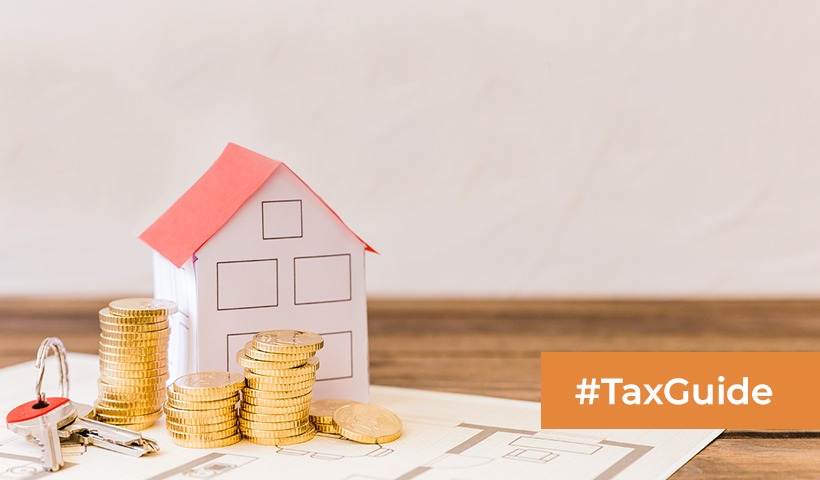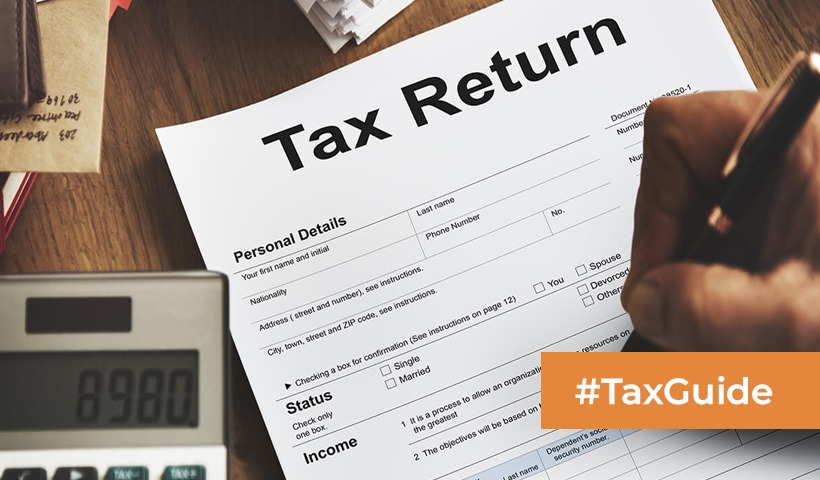TDS on Property selling: 2023!
IA Section 194
If the property is worth more than Rs 50 lakh, a buyer is required to deduct and submit 1% of the transaction cost as TDS under Section 194-IA of the Income-Tax Act. Section 194-IA, on the other hand, does not define which amount should be used to compute TDS on property sales if the stamp duty value and the actual selling value of the property differ.
It is worth noting that one cannot register a property below the government-determined circular rates, which are used to compute stamp duty on the transaction. The property’s market value might be more or lower than its stamp duty value. According to the notification on February 1, 2022, in such a circumstance, the buyer would have to calculate TDS on property sale based on the higher valuation.
“Section 194-IA of the Act allows for the deduction of tax on payments made in connection with the transfer of specified immovable property other than agricultural land.” Subsection (1) of the said section allows any person responsible for paying to a resident any sum as consideration for the transfer of any immovable property (other than agricultural land) at the time of credit or payment of such sum to the resident to deduct tax at the rate of 1% of such sum as income-tax thereon. According to the Memorandum to the Budget 2022, “subsection (2) states that no tax deduction shall be provided when the consideration for the transfer of an immovable property is less than Rs 50 lakh.”
“According to the terms of the abovementioned section, TDS is to be deducted on the sum paid by the transferee to the transferor.” This section does not consider the stamp duty value of the immovable property, but Sections 43CA and 50C of the Act require that the stamp duty value be used when calculating income under the headings ‘earnings and gains from business or profession’ and ‘capital gains’, correspondingly. As a result, there is discrepancy in the terms of Section 194-IA, as well as Sections 43CA and 50C of the Act,” it continues.
“To eliminate inconsistency, it is proposed to amend Section 194-IA of the Act to provide that in the case of transfer of an immovable property (other than agricultural land), TDS is to be deducted at the rate of 1% of such sum paid or credited to the resident or the stamp duty value of such property, whichever is greater,” it continues.
Section 194-IA requires no tax to be deducted if the consideration paid for the transfer of immovable property and the stamp duty value of such property are both less than Rs 50 lakh.
What is TDS and who is responsible for deducting it?
To combat the widespread use of unaccounted money in immovable property transactions, the government of India enacted legislation requiring the purchaser of a property to deduct tax at source when paying the seller for his property. TDS, or tax deducted at source, was implemented with the goal of collecting tax at the source of the revenue.
The legislation requires that a person (deductor) who is required to make a specific payment to another person (deductee) deduct tax at source and repay it to the central government. In practise, this implies that the house buyer is responsible for deducting TDS in property transfers. The seller, whose income has had tax deducted at source, is entitled to a credit for the amount deducted on the basis of Form 26AS or a TDS certificate provided by the buyer.
If the parties to the transaction fail to fulfil this responsibility, they will be required to pay a penalty. In fact, if the buyer fails to deduct the required TDS and report it to the officials, he may face criminal charges.
When should TDS be deducted and how should it be paid?
The TDS must be deducted by the purchaser of the property either at the time of performing the conveyance deed or at the time of payment of advance if any advance is received prior to the execution of the conveyance deed. The buyer must deposit the TDS amount to the central government’s credit within 30 days after the end of the month in which the tax is deducted. You must fill out Form-cum-challan No 26QB to pay the TDS and provide additional information. If there are several buyers and/or sellers for a property, you must complete a separate Form 26QB for each pair of buyers and sellers. Each Form 26QB must include information on all purchasers and sellers.
TDS: Important considerations for the buyer
- Depending on the date of payment, deduct 1% or 0.75% TDS from the selling value.
- Get the seller’s PAN and cross-check it with the original PAN card.
- To pay TDS, you will also need your PAN.
- There is no online option for repair of inaccuracies, so do not make any mistakes while mentioning the PAN or other data in the online form.
- You must contact the Income Tax Department in order to rectify the situation.
The most important things to understand about TDS
- For property worth more than Rs 50 lakhs, buyers must deduct and pay TDS to the government.
- The purchasers are responsible for deducting and submitting TDS, not the sellers.
- In the event of any misappropriation, the buyer will be held accountable to the authorities. To credit the TDS, buyers must complete Form 26QB.
- If the transaction involves numerous buyers or sellers, separate forms must be completed for each participant.
Disclaimer: The views expressed above are for informational purposes only based on industry reports and related news stories. PropertyPistol does not guarantee the accuracy, completeness, or reliability of the information and shall not be held responsible for any action taken based on the published information.




